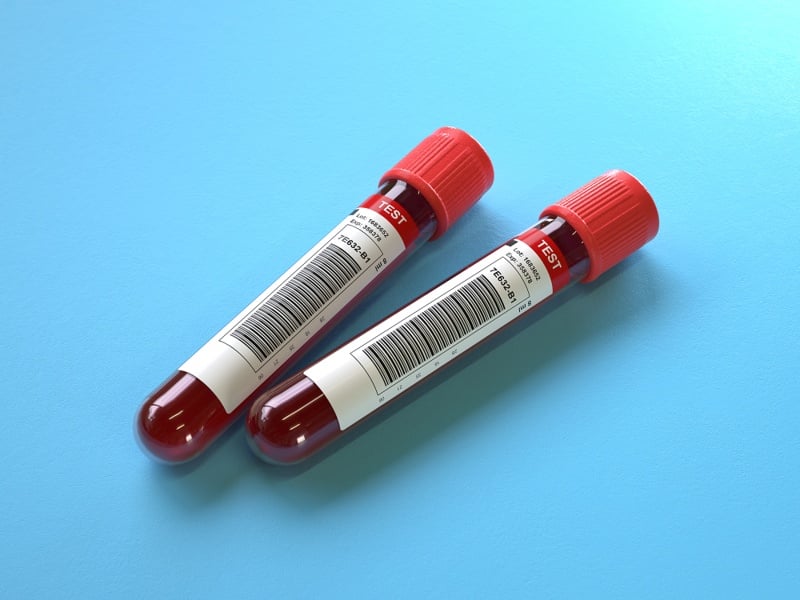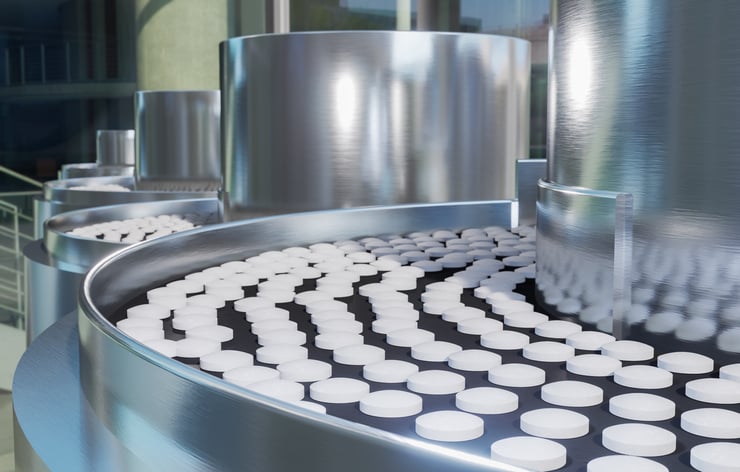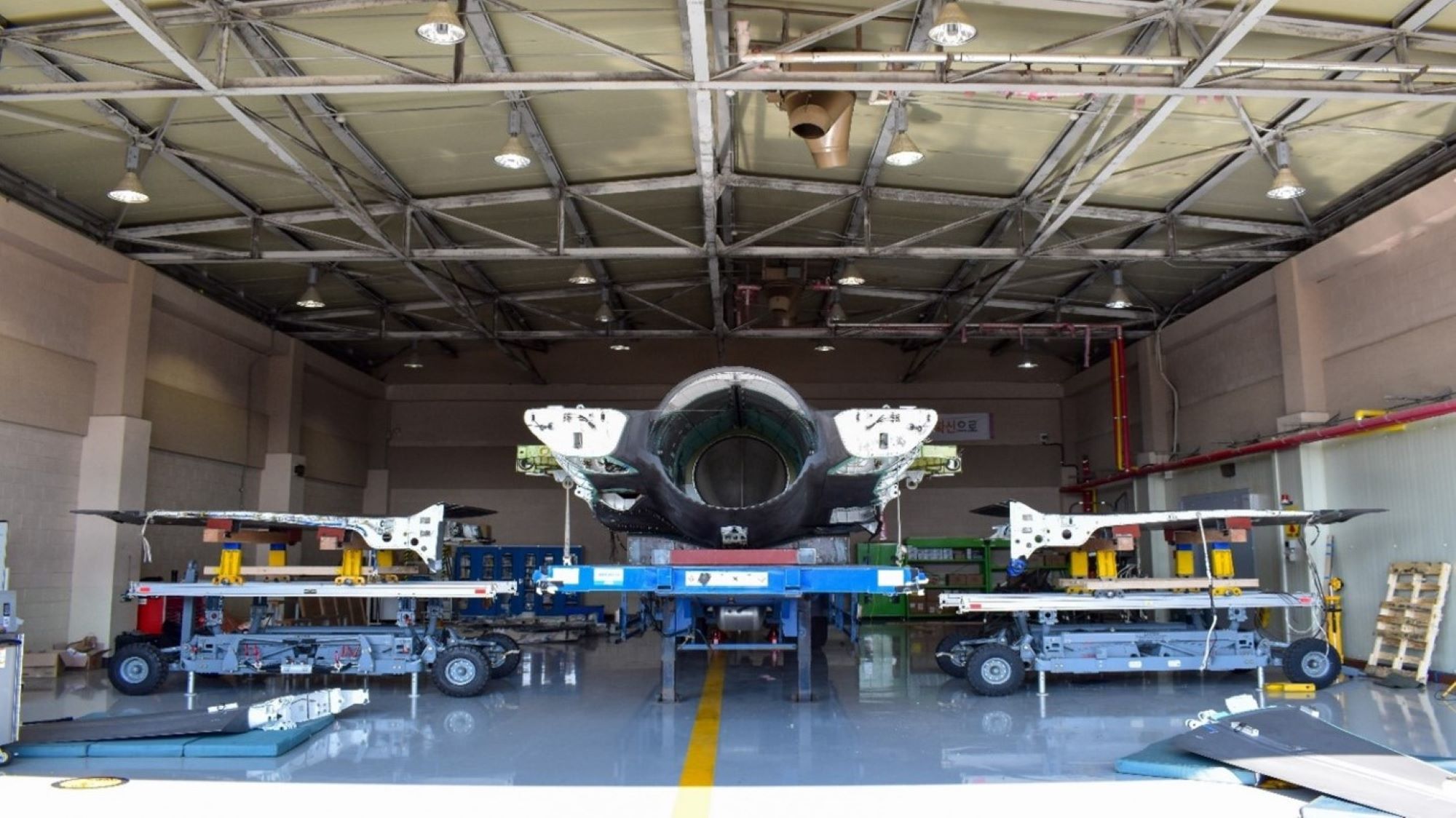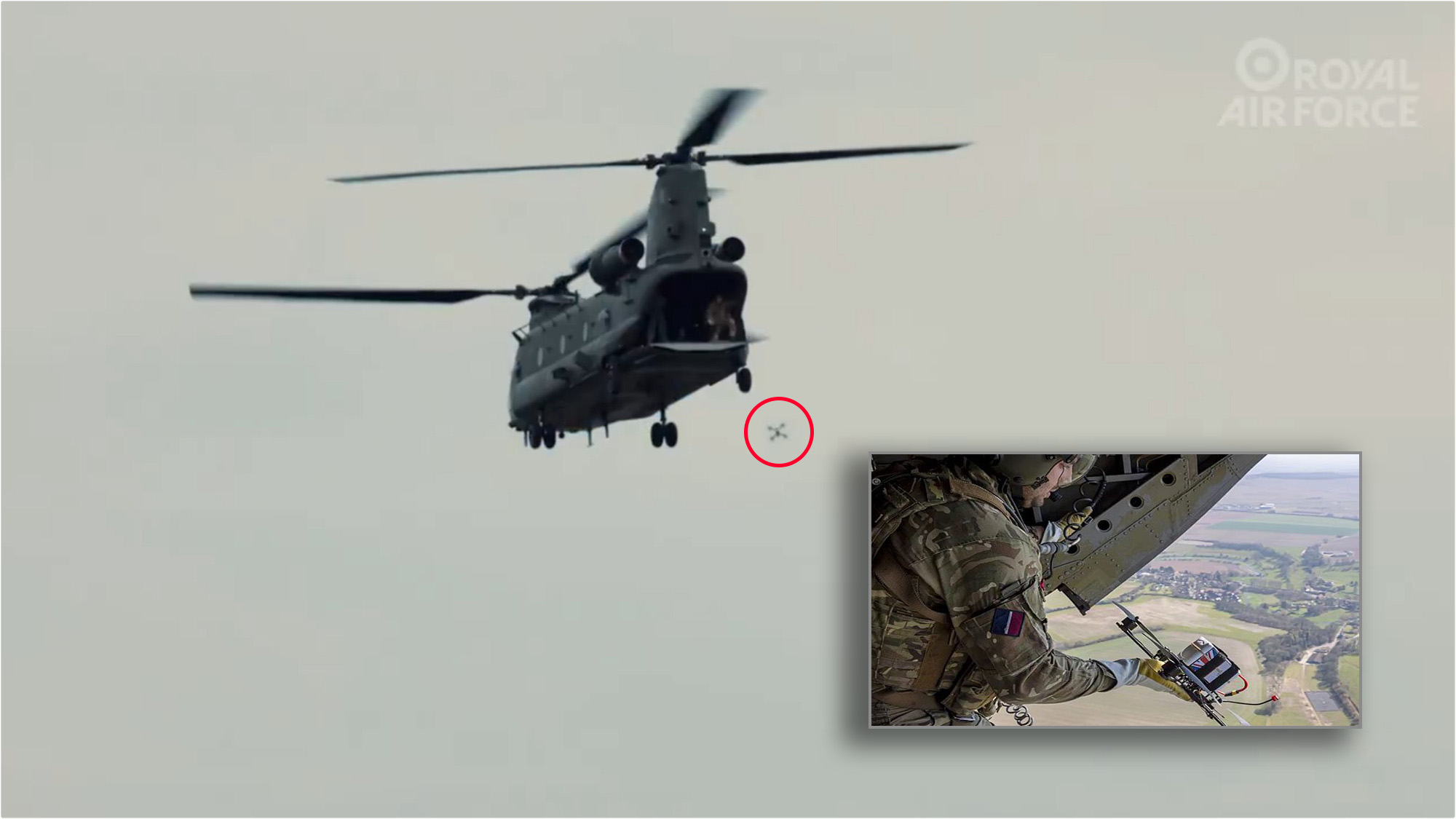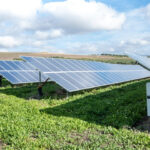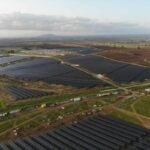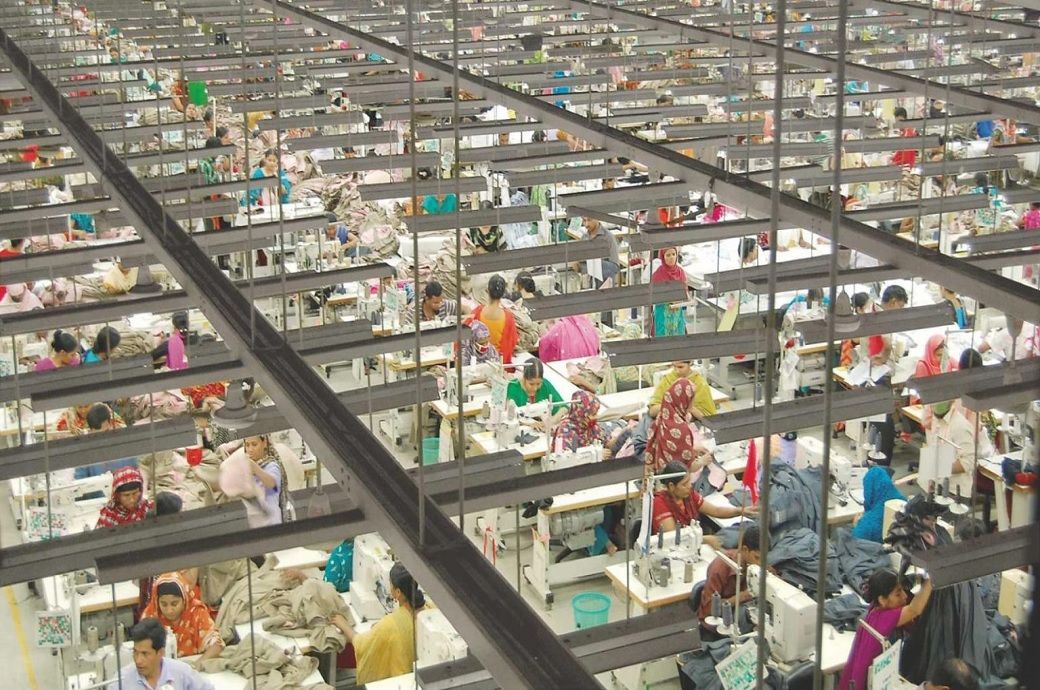The True Value of Recycled Polyester: Addressing Misconceptions About rPET
Credits: Waste2Wear There are many misconceptions about recycled polyester (rPET) in the fashion industry. While the discussion about closed-loop systems and improved recycling technologies is important, it's crucial to address these misconceptions to better understand the quality and sustainability of rPET. At Waste2Wear, we thought it was time to set things straight. Misconception 1: rPET is of Lower Quality than Virgin Polyester The claim that recycled polyester (rPET) is of lower quality than virgin polyester is misleading. Both virgin polyester and rPET share the same molecular structure, meaning their inherent qualities are virtually identical. Technological advancements have made it possible to produce high-quality rPET that matches or even surpasses virgin polyester in performance and durability. Studies have shown that the physical and mechanical properties of rPET are comparable to those of virgin polyester, making it a viable option for a variety of applications, including high-end fashion and performance wear. Misconception 2: Using rPET for Clothing Disrupts Circular Bottle Recycling The argument that the fashion industry's use of rPET disrupts the circular system of bottle recycling overlooks the broader environmental benefits. While it's true that PET bottles can be recycled into new bottles, the claim overlooks the fact that not all bottles are being recycled efficiently within their own industry. By diverting some of this material into the textile industry, we are actually expanding the lifecycle of these plastics. This contributes to waste reduction by finding an alternative use for materials that might otherwise end up in landfills. Misconception 3: All rPET Used in Textiles is Suitable for Bottle Production It's important to note that the use of rPET for food-grade bottles requires stringent approvals, such as those from the European Food Safety Authority (EFSA). These approvals are challenging to obtain, particularly for recyclers outside Europe, limiting the availability of rPET for bottle-to- bottle recycling in these regions. Consequently, without the incentive provided by the textile industry, much of the collected PET in these areas might not be recycled at all, exacerbating environmental pollution. Credits: Waste2Wear Misconception 4: rPET Use in Textiles Reduces Economic Incentives for Recycling Globally, a significant portion of rPET comes from informal collectors, especially in developing countries where formal recycling systems are not well established. The textile industry's demand for rPET generates considerable economic value, creating a robust incentive for these collectors to gather and recycle plastic waste. If the value of rPET were reduced to prioritize bottle-grade applications for beverage companies, this economic incentive could diminish, leading to less collection and more plastic waste ending up in the environment By maintaining high demand for rPET in textiles, we not only support recycling economies in these regions but also help mitigate plastic pollution. Informal collectors play a crucial role in this ecosystem, and the economic viability provided by textile applications is essential for sustaining their efforts. Misconception 5: rPET in Textiles Does Not Contribute to a Circular Economy The notion that using RPET promotes a linear economy overlooks the broader context of material usage and sustainability. RPET serves as a solution that diverts waste from landfills and reduces the reliance on virgin polyester. Furthermore, using rPET reduces the demand for virgin polyester, which in turn lowers greenhouse gas emissions and the overall carbon footprint of textile production. This shift towards more sustainable materials helps mitigate the environmental impact of the industry and supports the transition to a more circular economy. Conclusion The use of rPET in the fashion industry plays a crucial role in managing plastic waste and promoting sustainability. High-quality rPET can replace virgin polyester without compromising product performance, and its use in textiles provides a practical solution for regions where bottle-to-bottle recycling is not feasible. By supporting the continued development of recycling technologies and closed-loop systems, the fashion industry can contribute significantly to a truly circular economy. Moreover, the economic incentives created by the textile demand for rPET are vital for ensuring continued plastic collection and recycling, particularly in regions with large informal recycling sectors. Waste2Wear your trusted source for recycling. www.waste2wear.com, info@waste2wear.com
There are many misconceptions about recycled polyester (rPET) in the fashion industry. While the discussion about closed-loop systems and improved recycling technologies is important, it's crucial to address these misconceptions to better understand the quality and sustainability of rPET. At Waste2Wear, we thought it was time to set things straight.
Misconception 1: rPET is of Lower Quality than Virgin Polyester
The claim that recycled polyester (rPET) is of lower quality than virgin polyester is misleading. Both virgin polyester and rPET share the same molecular structure, meaning their inherent qualities are virtually identical. Technological advancements have made it possible to produce high-quality rPET that matches or even surpasses virgin polyester in performance and durability. Studies have shown that the physical and mechanical properties of rPET are comparable to those of virgin polyester, making it a viable option for a variety of applications, including high-end fashion and performance wear.
Misconception 2: Using rPET for Clothing Disrupts Circular Bottle Recycling
The argument that the fashion industry's use of rPET disrupts the circular system of bottle recycling overlooks the broader environmental benefits. While it's true that PET bottles can be recycled into new bottles, the claim overlooks the fact that not all bottles are being recycled efficiently within their own industry. By diverting some of this material into the textile industry, we are actually expanding the lifecycle of these plastics. This contributes to waste reduction by finding an alternative use for materials that might otherwise end up in landfills.
Misconception 3: All rPET Used in Textiles is Suitable for Bottle Production
It's important to note that the use of rPET for food-grade bottles requires stringent approvals,
such as those from the European Food Safety Authority (EFSA). These approvals are challenging
to obtain, particularly for recyclers outside Europe, limiting the availability of rPET for bottle-to-
bottle recycling in these regions. Consequently, without the incentive provided by the textile
industry, much of the collected PET in these areas might not be recycled at all, exacerbating
environmental pollution.
Misconception 4: rPET Use in Textiles Reduces Economic Incentives for Recycling
Globally, a significant portion of rPET comes from informal collectors, especially in developing countries where formal recycling systems are not well established. The textile industry's demand for rPET generates considerable economic value, creating a robust incentive for these collectors to gather and recycle plastic waste. If the value of rPET were reduced to prioritize bottle-grade applications for beverage companies, this economic incentive could diminish, leading to less collection and more plastic waste ending up in the environment By maintaining high demand for rPET in textiles, we not only support recycling economies in these regions but also help mitigate plastic pollution. Informal collectors play a crucial role in this ecosystem, and the economic viability provided by textile applications is essential for sustaining their efforts.
Misconception 5: rPET in Textiles Does Not Contribute to a Circular Economy
The notion that using RPET promotes a linear economy overlooks the broader context of material usage and sustainability. RPET serves as a solution that diverts waste from landfills and reduces the reliance on virgin polyester. Furthermore, using rPET reduces the demand for virgin polyester, which in turn lowers greenhouse gas emissions and the overall carbon footprint of textile production. This shift towards more sustainable materials helps mitigate the environmental impact of the industry and supports the transition to a more circular economy.
Conclusion
The use of rPET in the fashion industry plays a crucial role in managing plastic waste and promoting sustainability. High-quality rPET can replace virgin polyester without compromising product performance, and its use in textiles provides a practical solution for regions where bottle-to-bottle recycling is not feasible. By supporting the continued development of recycling technologies and closed-loop systems, the fashion industry can contribute significantly to a truly circular economy. Moreover, the economic incentives created by the textile demand for rPET are vital for ensuring continued plastic collection and recycling, particularly in regions with large informal recycling sectors.
Waste2Wear your trusted source for recycling. www.waste2wear.com, info@waste2wear.com






























































